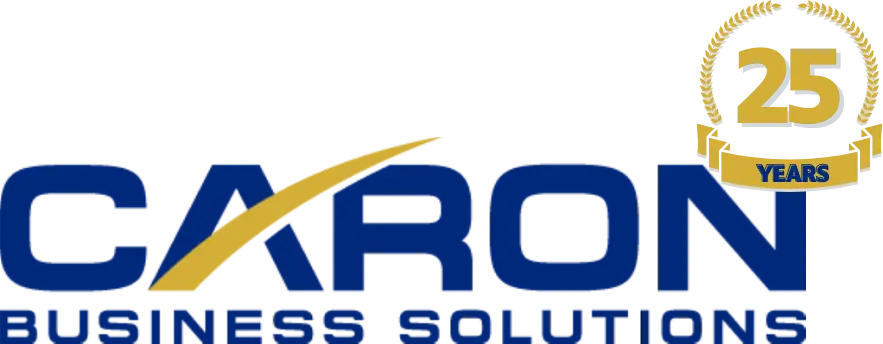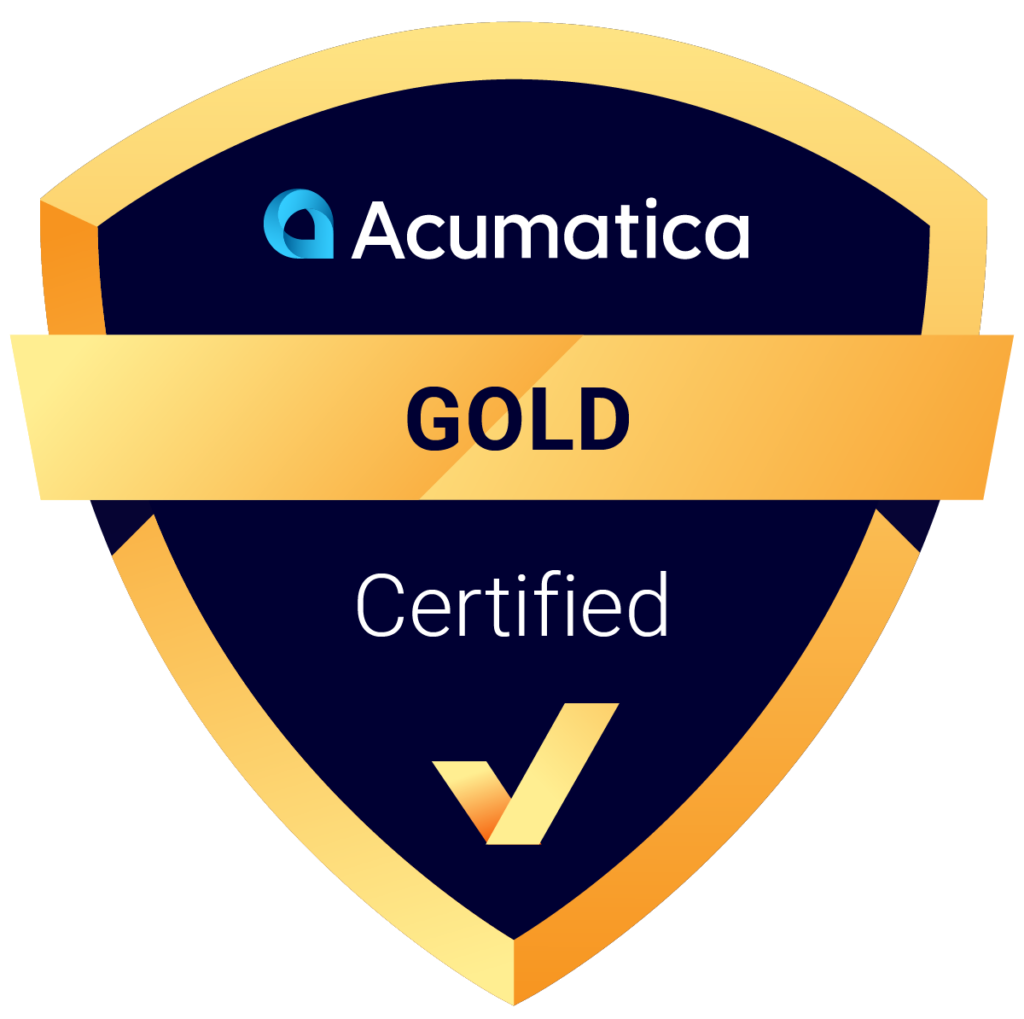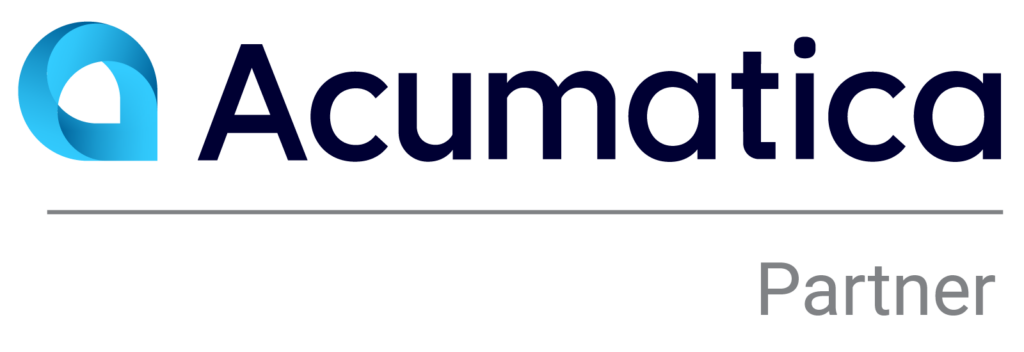Mining the Facts – Supporting Better Business Decisions with Fact-Based Analytics
When someone’s been involved in a particular industry long enough, they develop some pretty good intuitions and hunches. They just get a feeling for how things are going in the business and whether they are making the best decisions. While these hunches are based on years of experience and can be uniquely valuable, today’s mining companies must practice evidence-based decision making in order to remain competitive.
Hunch-based decisions arose in the first place because the data to do anything else just wasn’t available. These days, we’ve got a gold mine of information available, and we don’t need to rely on guesswork. Using the right mining industry solutions, managers and execs can mine this information to ask and answer simple and increasingly complex questions about how their operations are performing at every level.
Using fact-based business analytics to support better decision making can optimize your performance and give your mining operation a competitive edge. Here are three ways fact-based analytics work for you:
1. Monitor complex project profitability
As the mining operation goes through its natural phases, from exploration and assessment to development, operations, and through to closure, it’s vital to have accurate real-time cost information to match to budget projections to keep the phases on track for overall profitability.
It all hinges on your ability to capture where are your costs coming from. Are you obtaining employee costs associated with each project and phase of the project? What about material costs and spare parts? Are you separating direct and indirect costs? Do you have multiple corporate entities or locations? If so, are you able to track and analyze expenses both by an individual entity and consolidated across the enterprise?
Mining ERP software solutions offer sophisticated project tracking capabilities that allow you to monitor costs in great detail and review and analyze costs and revenues at both a project level and by individual cost center or task. You’ll gain deep insight into where costs are coming from, enabling you to keep projects on track and to budget future plans more accurately.
2. Maximize productivity through optimized resource utilization
Running a business — any business — is costly, but running a mining operation is especially so. Two of the most expensive components are labour and equipment, so it makes smart sense to optimize usage of these precious resources, and optimization can only happen if you have continual, real-time visibility into how, when, and where they are being used.
Scheduling software tools allow you to view employee availability and assign employees to various locations, projects, and tasks, enabling you to allocate labour resources where they’ll be most effective. The ability to track unique skill sets and certifications among your workforce ensures you’re assigning the right person to the job. And, scheduling data is shared with employees to enable them to plan their workdays more efficiently.
Equipment and asset tracking and maintenance software tools help you track each piece of equipment, and the costs associated with running, maintaining, and repairing them. The applications will allow you to schedule both usage and maintenance around active operations to maximize productivity and minimize downtime.
3. Respond to changing exchange rates and commodity prices proactively
You likely don’t need to be reminded that the mining industry is a volatile one, where exchange rates and commodity prices fluctuate widely and frequently. Your ability to respond quickly to these changes — or better yet, answer proactively — can make the difference between gaining or losing a great deal of cash.
Sufficient cash flow forecasting and reporting can help identify opportunities to minimize exchange rate risks, by using available cash to buy foreign currencies when rates are attractive, or delaying optional expenditures when rates are high, or buying imported goods in bulk when rates dip lower.
Making sense of it all
It’s not enough to merely collect the data; you’ll need the right tools to analyze and help you make sense of the data. Today’s business intelligence (BI) software tools are designed to do this, and many ERP applications have BI built in. You may also have access to dynamic dashboards, quick queries, and KPIs that bring the data to life, allowing you to look at it and group it in multiple ways.
Go where the data takes you
Access to real-time information on complex projects, labor and equipment utilization, and other critical metrics helps mining companies uncover the real costs of their operations and predict project outcomes to prevent budget overruns and project failures.
With all the talk on the importance of fact-based data, you might ask if we are suggesting you throw out the hunches and stick strictly to the data. Absolutely not. There’s real and irreplaceable value in the knowledge that comes through experience, and in many cases, there is no substitute for this kind of decision making. So, we might humbly suggest you keep listening to your gut, but fact check it regularly with the data.
Caron Mining Solutions is a comprehensive, powerful and easy-to-use mining industry ERP solution, built on Sage 300, that addresses the challenges modern mining operations face. Learn more about Caron Mining Solutions here, or by contacting us here.




